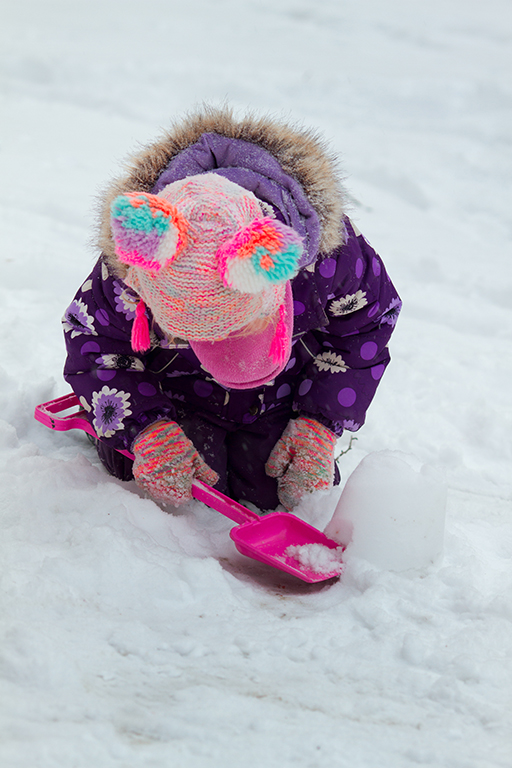4.1 Asthma
Asthma is a serious health condition and an asthma attack can be fatal. It is estimated that between 10–20% of children have asthma.
As Josie, the mum of a child with asthma, explained in the introductory video for this week, one of the triggers of an asthma attack can be physical activity. Therefore, it is understandable that all adults, both parents and practitioners may prevent children with asthma from running around and taking part in physical activity. However, there are precautions that can be taken to support children with asthma to take part in physical activities.

Activity 4
Read the case study about Nellie, a 3-year-old with asthma, and her key person at nursery, Eve. The case study highlights what can be done to work with parents to promote physical activity for children with asthma.
As you read about Nellie, make a list of the ways that Eve works with Nellie’s mum to manage her asthma so that Nellie can take part in physical activity.
Case study of Nellie: a child with asthma
Nellie is 3 years 6 months and she has recently been diagnosed with asthma. Her general practitioner (GP) has prescribed an inhaler for her to use. The inhaler is described as a ‘preventer inhaler’ meaning that by taking it twice a day, the medication in the inhaler prevents the symptoms from being ‘triggered’.
Eve is Nellie’s key person at nursery. She has discussed Nellie’s asthma with her parents. Nellie’s mum gives her the inhaler twice a day, morning and night. Nellie has also been given a ‘reliever’ inhaler and the instruction from the GP is that she can be given two puffs of the inhaler if she becomes wheezy.
It is now winter and the weather is very cold, and Nellie has been wheezy when playing outside. Eve is concerned that the cold weather may trigger an asthma attack.
What do you think Eve could do?
Discussion
You may have considered that Eve should talk to Nellie’s parents and discuss the options available. These could include:
- Ensure that Nellie wears a scarf over her mouth so that air is warmed before she breathes in; this is a simple way of preventing cold air from triggering wheezing.
- Discuss if it is appropriate to give Nellie some of her ‘reliever’ inhaler before going outside in the cold.
- Update Nellie’s care plan to reflect the management of her asthma.
Having read about Nellie, are there any improvements you could make to help increase the level of physical activity of children with asthma in your setting?
